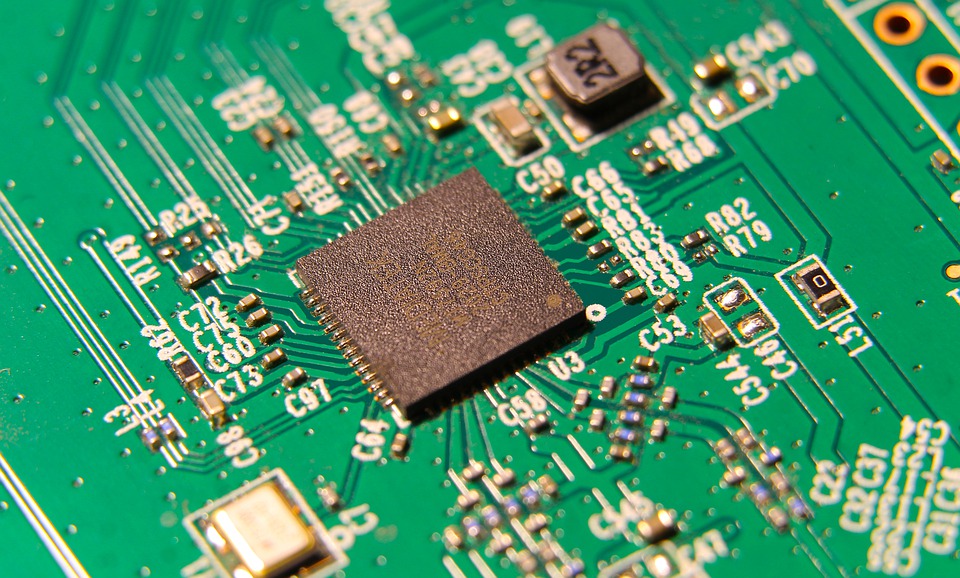Education has always been a field ripe for innovation and change, and in recent years, augmented reality (AR) has emerged as a powerful tool for transforming the way students learn and interact with information. AR is a technology that overlays digital information and virtual objects onto the real world, creating an immersive and interactive learning experience. By blurring the lines between the physical and digital worlds, AR has the potential to revolutionize education in a variety of ways.
One of the key benefits of using AR in education is its ability to make learning more engaging and interactive. Traditional educational methods often rely on static textbooks and lectures, which can be boring and unstimulating for students. AR, on the other hand, brings learning to life by creating interactive 3D models, animations, and simulations that students can interact with in real time. This makes learning more dynamic and hands-on, allowing students to explore complex concepts in a way that is both fun and educational.
AR also has the potential to make learning more personalized and adaptive. With AR, educators can create customized learning experiences for each student, tailoring the content and pace of instruction to meet their individual needs and learning styles. This can help students learn at their own pace and in a way that is most effective for them, leading to better retention and comprehension of the material.
Another way that AR is revolutionizing education is by making learning more accessible and inclusive. AR can help break down barriers to learning for students with disabilities, providing them with alternate ways to access information and participate in educational activities. For example, AR can be used to provide real-time translations of text or audio content for students who are visually or hearing impaired, or to create interactive games and simulations that accommodate different learning styles and abilities.
Additionally, AR can help bridge the gap between the classroom and the real world by providing students with immersive and interactive experiences that allow them to apply their knowledge in real-world settings. For example, AR can be used to create virtual field trips to historical sites or natural landmarks, allowing students to explore and learn about the world around them in a way that is both educational and engaging. This can help students develop a deeper understanding of the material and make connections between what they learn in the classroom and how it applies to the world outside of school.
Overall, augmented reality has the potential to revolutionize education by making learning more engaging, personalized, and inclusive. By leveraging the power of AR technology, educators can create immersive and interactive learning experiences that inspire curiosity, creativity, and a love of learning in students of all ages. As AR continues to evolve and become more accessible, it will be exciting to see how it transforms the way we teach and learn, and how it empowers students to reach their full potential in the digital age.




